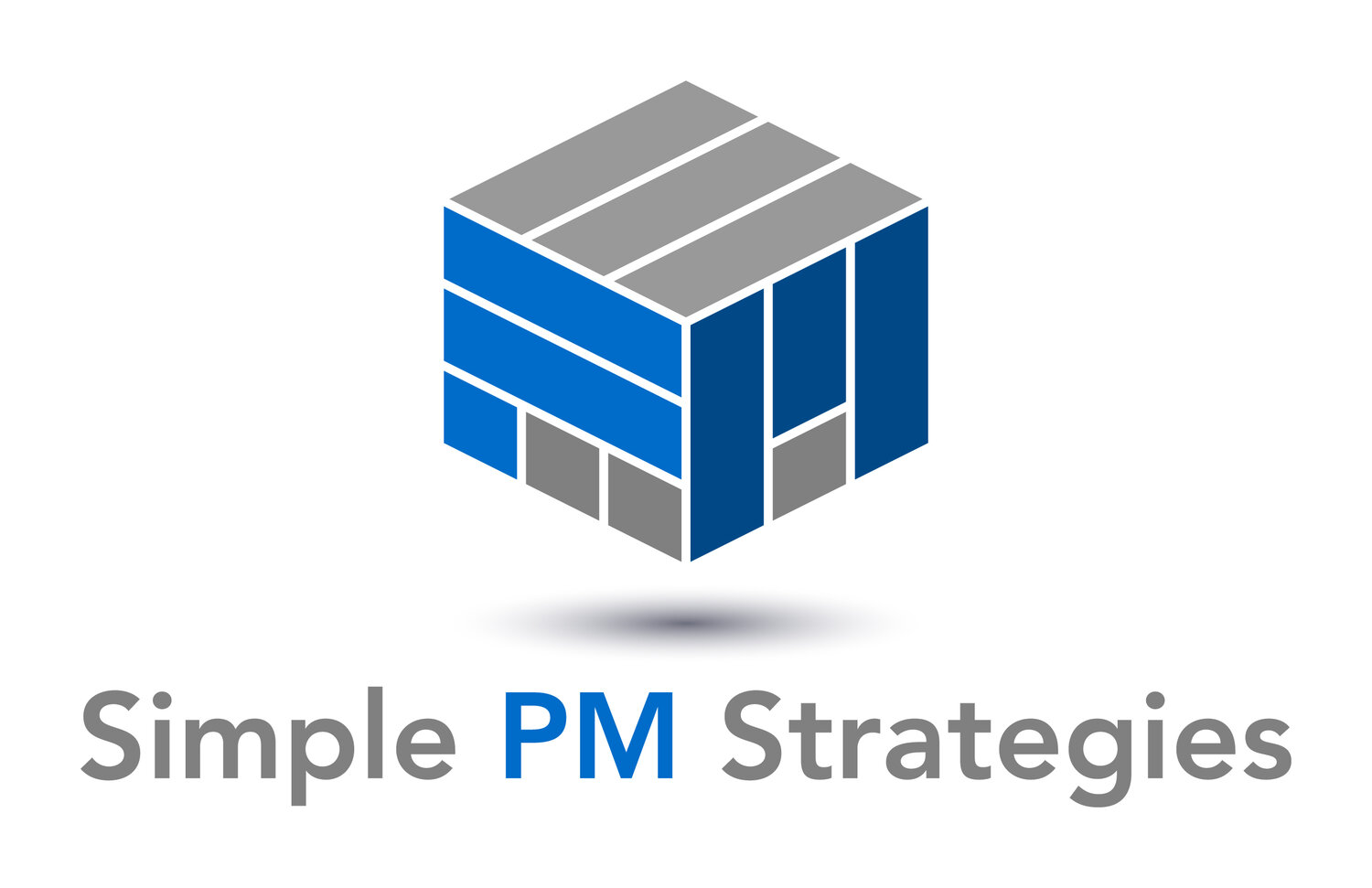3 Steps to Create the Best Set of Deliverables
The purpose of this blog article is to cover how you can use a simple approach to create the best set of deliverables for your project.
In the MPM model, deliverables are covered in the OVERSEE domain under the Outcomes segment.

In the MPM model, deliverables are covered in the OVERSEE domain under the Outcomes segment.
A Solid Set of Deliverables is Critical
It is important to focus on creating a solid set of deliverables because that is what your team focuses on when developing the best set of tasks to complete the project.
Deliverables are tangibles
Deliverables are the tangible outcomes your project produces. They are almost like something you can touch and feel; although not so much for digital items, but you get the picture.
They are outcomes your client or customer is expecting to see when you project is complete, so it is what your team is going to focus on when developing the tasks to complete the project.
Tasks may change if the team discovers better ways of completing the deliverables as the project proceeds. However, the deliverable set stays fairly constant, so it is important to get this set right before engaging the team to brainstorm for tasks.
The first few levels of your plan should only list the deliverables the project is producing, without getting into the weeds about how they’re accomplished. If the primary attention is on the “how”, there is a danger of the team losing focus on the “what”, and the “what” is most important to the customer.
Use an org chart structure to help decompose the project’s deliverables and create a solid set for the team to work on.
Decompose deliverables with an org chart
Pretend you’re drawing a standard organization chart on a landscape-oriented page with lines showing relationships between the members but begin with what you need to deliver so components that make up each deliverable are under each.
Step 1: Start with the main deliverable; the why for your project. The main deliverable can be something right out of your project purpose statement.
Step 2: Add in the deliverables that your customer is expecting as positions reporting to the main deliverable.
On the org chart the positions that report to the main deliverable are the deliverables that your customer is expecting and below them are the components that make up each deliverable.
One way you can do this is to use PowerPoint and Insert > Smart Chart > Organization Chart and it creates an automatic template to follow as in the image below.
Step 3: Keep decomposing below each deliverable to until you have components that are one to four weeks in effort. That is not a hard and fast rule. Sometimes for deliverables that are further out, for which you know less detail, you may have larger spans of effort.

Create a deliverable set using an Org Chart template
Important: At this point do not be concerned about any time dependencies between related deliverable structures on your chart. Free yourself up from that constraint.
You are ONLY looking at decomposing each deliverable into achievable chunks.
Summary
It is important to focus on creating a solid set of deliverables because that is what your team focuses on when developing the best set of tasks to complete the project.
Deliverables are the tangible outcomes your project produces. They are things your client or customer is expecting to see when your project is complete.
Use an automatic organization chart software to breakdown your deliverable set in a hierarchical approach. See this blog for some dos and don’ts to follow when developing your deliverable set.
Action Steps / Apply This Knowledge
- Open up your presentation software and navigate to the org chart creation option. In the CEO or top position, enter some noun or name for the main deliverable of your project out of your project’s Purpose statement.
- In the first layer below the CEO or top position layer in the set of deliverables that your customer is expecting.
- Decompose your deliverables into lower-level components to get to pieces that are from 1 to four weeks in effort.
- Get input and feedback from your team, although most of their brainstorm is going to be when you are developing tasks, however they can help confirm the deliverables list.
- Prompt engineering guidance for AI GPTs such as chatGPT: “I’m a business leader launching a project whose purpose is Y, and expected high-level outcomes are X. I’m building a work break down structure, so not concerned about time dependencies or schedule. For my project, what is a list of intermediate achievable deliverables that build toward the high-level deliverable that I can include in the charter and that will help with the approach and estimates?”
Learn More to Do More
Business evolves through change initiatives otherwise known as projects. The key to managing these change initiatives so you have more time, and less stress is to use simple strategies and tools.
Check out the Learning Hub’s other Articles with Actionable Steps, organized with a busy leader in mind, by topic or main idea, and with some AI GPT (e.g. ChatGPT) prompt engineering suggestions under the Action steps: https://simplepmstrategies.com/learning-hub-index
OVERSEE – Deliverable Chart
© Simple PM Strategies 2024
